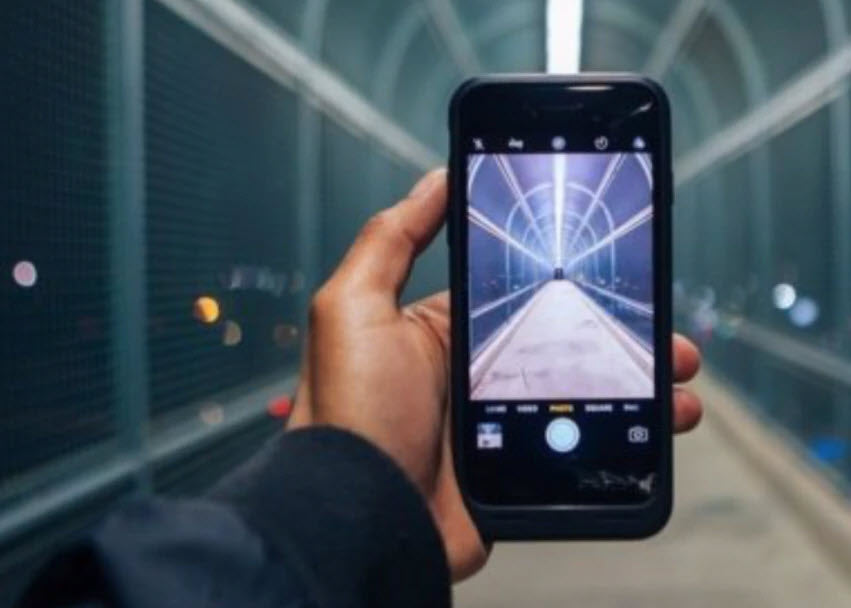Missions in the twenty-first century has much in common with mission work of ages past. We leave friends and family. We adapt to different cultures and languages. We preach the same gospel. And over and over again, God continues to transform hearts and draw people to himself. But in many ways, our job looks different than it did two hundred years ago. We measure our travel time to the ends of the earth in hours, not months. We can instantly communicate with supporters and loved ones back home.
While not all changes are positive, many developments in this modern age are incredibly helpful as we seek to reach a lost world. Not unlike the Roman roads in the first century A.D., God is using a number of secular technologies to spread the good news of the gospel to the ends of the earth.
1. Modern Medicine
If you’ve read any number of missionary biographies, you’ll know that countless missionaries met their premature end when they moved overseas due to illness and lack of adequate medical care in their host countries. Many died before their ship even reached their destination. Countless female missionaries died during or after childbirth while living abroad, and the survival rate for TCKs was dismal at best.
My experience has been drastically different from those early missionaries. Before even boarding a plane, I received vaccinations against a host of preventable diseases, allowing me to remain almost entirely healthy during my time overseas. When complications during the birth of my son made an emergency c-section necessary, he was quickly and almost painlessly delivered, and I was walking around like normal a couple of days later. While in the past, a career as a missionary was fatal for the vast majority of missionaries and their families, now our odds of living long, healthy lives are almost the same as our loved ones in the US. The global availability of better medical care has been a key component in the increased spread of the gospel to the ends of the earth.
2. Internet
Gone are the days when it took three months or more for a handwritten letter to bring news from the field to supporters and loved ones back home. Now, with the click of a button I can inform my whole prayer network of an urgent request, then update them a few hours later with how God answered their prayers. Podcasts, articles, and websites provide me with opportunities for spiritual nourishment, educational resources for kids, cultural data and news about my host country, and encouragement from more experienced moms and missionaries when my opportunities for in-person discipleship may be limited.
3. Smart Phones
Although there are still places on earth where Bibles must be carefully smuggled into “closed” countries, now the vast majority of the world has free, easy access to the Bible through their phones. They can download an app containing not only the written words of scripture in their heart language, but also audio recordings so they can listen to the precious Word of God everywhere they go. Even people living in utter poverty often have their own smart device, giving them access to easily read and listen to the Bible when a paper copy may be unavailable or dangerous to own.
4. Google Translate
There is no substitute for a thorough, deep grasp of foreign languages in communicating with the lost. But in the first days and weeks of arrival in a new place, or when travelling to a new country for conferences and events, or when working with large immigrant populations that speak several different languages or dialects, Google Translate is an incredibly helpful resource.
While at a work conference recently, I praised God for the ability to type “I need diapers for a 9-kilogram baby” into my phone and have it be perfectly understood by a Polish pharmacist who spoke no English. Google Translate helps me to search for Arabic resources online and puzzle out what my local friends text me (although when in doubt, I can always send kiss emojis). It’s been an incredibly helpful resource as I do a job that requires several different languages and dialects to function well.
5. Social Media
In places where it is illegal to stand on street corners and proclaim the Gospel, and where most locals would be too afraid of judgement to publicly listen and show interest, Facebook, Instagram, Youtube, and other social media sites are opening new doors for the spread of the gospel. For the cost of a couple of tracts, Facebook will send verses, evangelistic videos, and other gospel resources to thousands of “unreached people” who spend hours each day on their computers.
From the safety of their homes, they can hear the gospel and begin talking to missionaries or local believers who can explain Christianity to them. If the Holy Spirit sees fit to transform their heart, we can connect them with believers in their city to meet in person for discipleship. In countries whose borders are physically closed to missionaries, it is often possible to “enter” and spread the gospel through social media and other online platforms.
Conclusion
I doubt the inventors and scientists behind these technologies were thinking, “How can I aid the spread of the gospel?” as they worked. But God, who has been masterfully engineering the spread of his kingdom since before the beginning of time, knew exactly how each of these resources would play a role in bringing good news to the world. Each day that I work, I witness the way God uses developments like these to make His glory known to the ends of the earth.
~~~~~~~~~~~~~
Becca Lane lives in Europe with her husband and baby boy, serving among Muslim immigrants.


0 comments